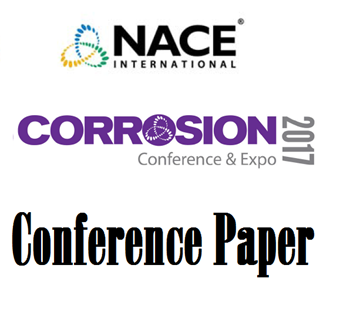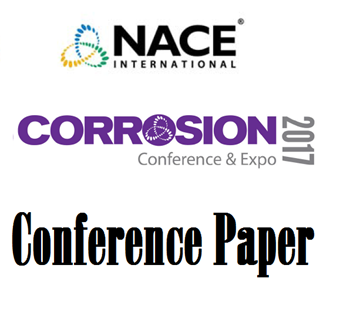Search
Products tagged with 'hydrogen embrittlement'
View as
Sort by
Display
per page
Hydrogen in Steels: A Critical Review and Recommended Practices
Product Number:
51317--9548-SG
ISBN:
9548 2017 CP
Publication Date:
2017
$20.00
Improving Hydrogen Embrittlement Resistance Of Precipitation Hardened Nickel-Alloys
Product Number:
51321-16673-SG
Publication Date:
2021
$20.00
Influence Of Cold Deformation On Hydrogen Embrittlement By Determining The Critical Hydrogen Concentration In High Strength Steel For Wire Applications
Product Number:
51322-17639-SG
Publication Date:
2022
$20.00
Influence of the Hardening Phases on the Hydrogen Embrittlement Susceptibility of Ni-Alloys based on UNS N07718
Product Number:
51320-14667-SG
Publication Date:
2020
$20.00
Investigating Fatigue Crack Growth Rate of Ferritic Steels in High Pressure Hydrogen Gas
Product Number:
51324-20692-SG
Publication Date:
2024
$40.00
Investigation Of Hydrogen Embrittlement Of A Low Alloy Disc Spring Material Exposed To Several Hydraulic Fluids Using Electrochemical Methods
Product Number:
51321-16853-SG
Publication Date:
2021
$20.00
Investigation of Hydrogen Embrittlement of High Strength Pipeline Steels Under Cathodic Protection
Product Number:
51317--9255-SG
ISBN:
9255 2017 CP
Publication Date:
2017
$20.00
Measurement of surface hydrogen concentration of steels in concreate with electrochemical hydrogen permeation method
Product Number:
51323-19016-SG
Publication Date:
2023
$20.00
Microstructural Engineering of High Manganese Steels for Hydrogen Storage and Delivery
Product Number:
51323-19453-SG
Publication Date:
2023
$20.00
Modifying Martensitic Steels to Reduce Susceptibility to Hydrogen Embrittlement by Heat Treatment and Mo Addition
Product Number:
51324-20964-SG
Publication Date:
2024
$40.00
NACE Publication 1F 192-2013-SG, "Use of Corrosion-Resistant Alloys in Oilfield Environments"
Product Number:
24010-SG
Publication Date:
2013
$109.00
On the applicability of welded J55 line pipe steel for underground hydrogen storage
Product Number:
51323-19131-SG
Publication Date:
2023
$20.00












